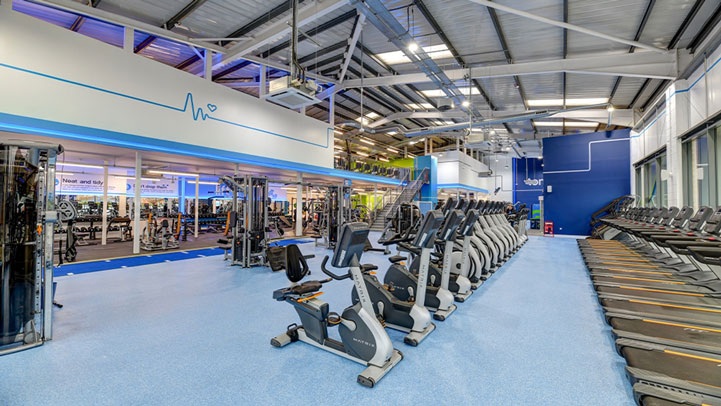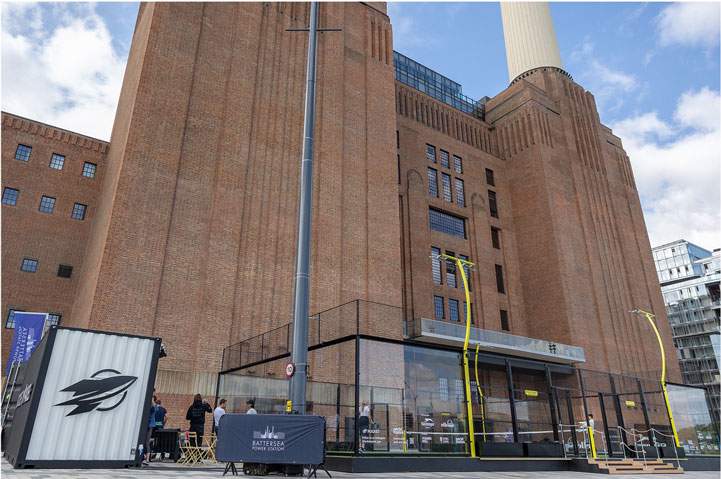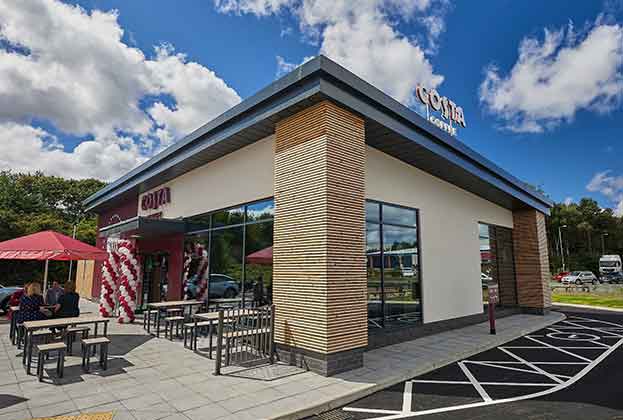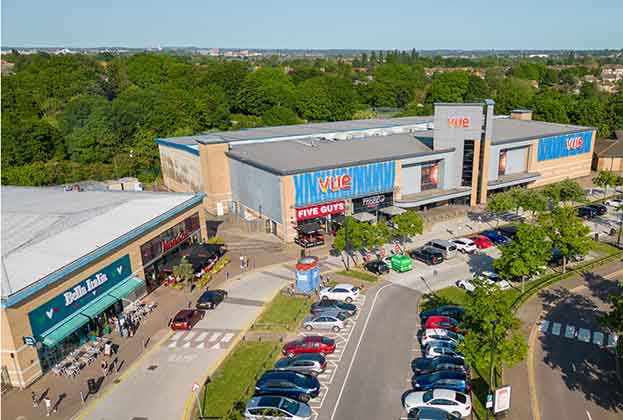Gym memberships continue to improve alongside appetite for expansion, particularly in the out-of-town retail sector
Another sector that has undoubtedly recognised the benefit of location on or adjacent to retail parks – namely easy access and plenty of parking – is health and fitness. The out-of-town market has seen an additional 45 gyms open in 2023, the majority from Pure Gym (34), who, in fact, top the chart for the most acquisitive operators across the whole sector. In addition, JD Gyms has opened seven new outlets across the UK’s retail and shopping parks, cementing its place in the top 20 most acquisitive operators in 2023 (figure 4). Nevertheless, we are expecting to see a slowdown in openings across retail and shopping parks in particular moving forward, as low void rates and subsequent rising rents are making opportunities more scarce.
Leisure DB’s State of the UK Fitness Industry Report published mid-2023 suggests member numbers are up 3.9 % versus 2022. Penetration rates are also still recovering positively, with 15.1 % of the UK population now a member of a gym: 10.2 % members of private health clubs, while the public sector has a 4.9% penetration rate. Falling short of pre-Covid highs, nonetheless, both figures are now moving in the right direction.
Meanwhile, the upward trajectory in market value – +11.5% since the 2022 report – is being driven by rising average membership fees. This trend has seen some brands move out of the low-cost bracket altogether, leading this market segment to shrink for the first time since it emerged in 2011.
PureGym’s more recent Fitness Report for 2023/24 seems to echo these findings, where encouragingly, despite the cost of living crisis, the research reveals that 24% of the population has actually increased their spending on exercise within the last year. PureGym’s research suggests UK gym members have grown by 2% since last year, with as much as 16% of the population now currently gym members. Beyond this, a further 16% of people have stated that they plan on joining the gym in 2024.
The boutique market has fared less well in the post-pandemic market, as the shift to work from home has impacted membership retention and consumer appetite for such outgoings. Although we are seeing an uptick in requirements through 2023, demand still remains muted compared to pre-pandemic levels.
At the premium end of the sector, the health club (‘wet-club’) market is performing well, although there is a disparity between those city centre offerings and suburban locations. The already established trend of working out of coffee shops and health clubs has benefited the likes of David Lloyd and Virgin Active significantly, with offers of business lounges and private areas for meetings, luring in members. In 2023, David Lloyd opened a new facility at Rugby and is investing in the roll-out of its spa retreats, with 25+ facilities now open.
David Lloyd is also installing padel tennis courts in its facilities as it acknowledges the potential of embracing the world’s fastest-growing sport. Worthy of a section in its own right, padel is certainly a burgeoning sector in the health and fitness market. Since 2018, the number of players has increased 60× in the UK, with 175,000 active players, according to the Lawn Tennis Association (LTA). However, the number of facilities still lags behind other European countries, with 130 more courts being built in the last year, to a total of 280 (Spain has 4,000 in comparison!).

The Gym Group Coventry

Rocket Padel Battersea
Read the articles within Spotlight: UK Leisure – 2024 below.
.jpg)




